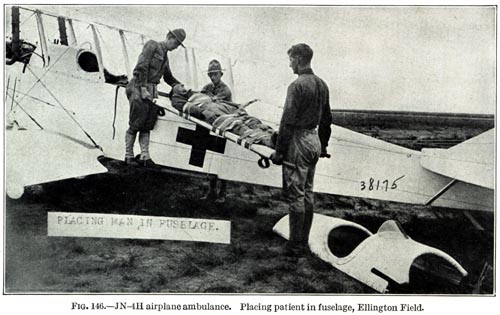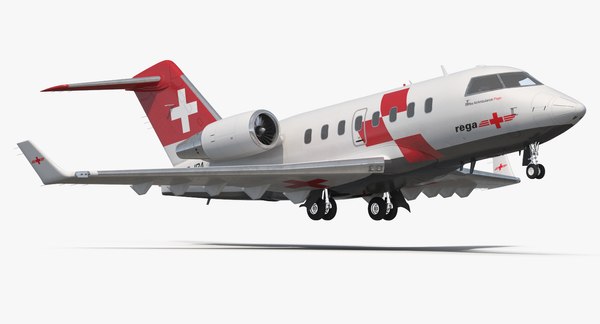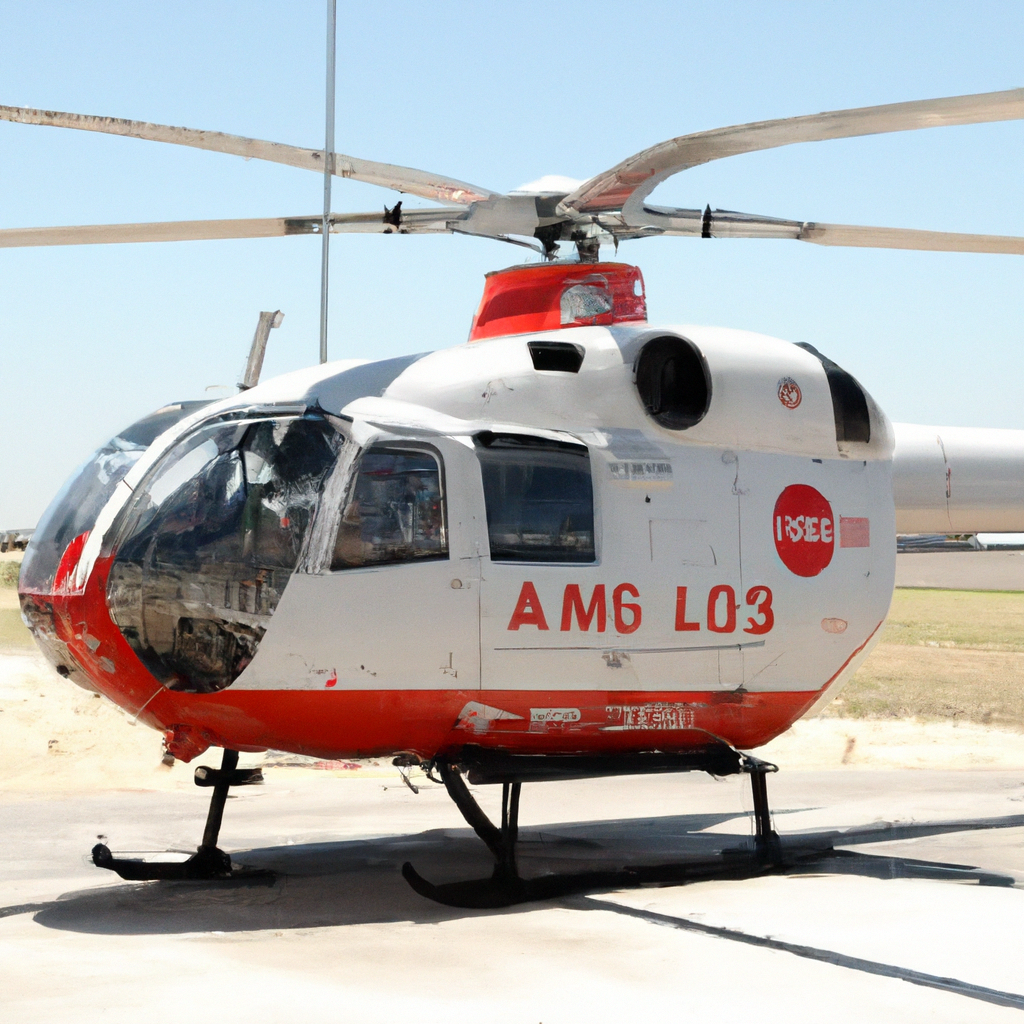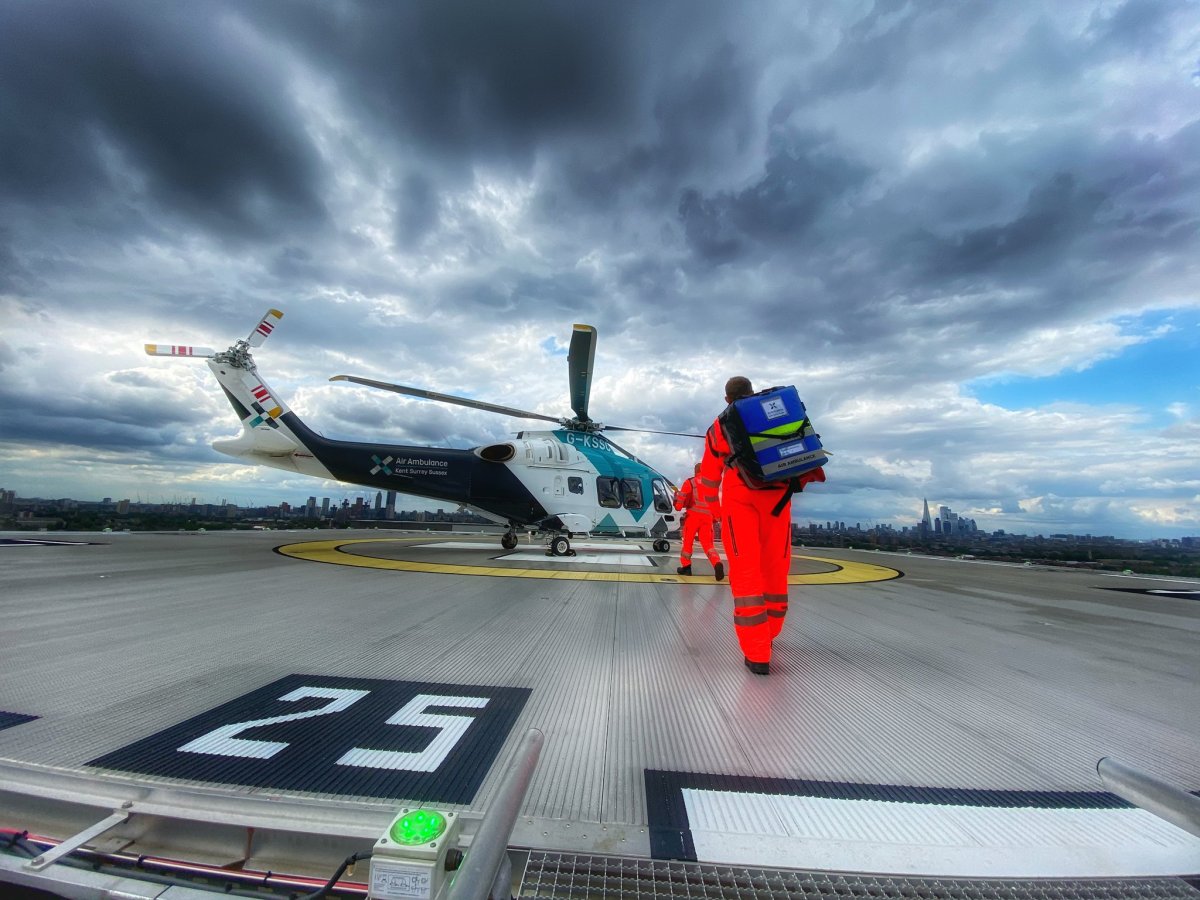Hey there, curious reader! Have you ever wondered about the origins of air ambulance services? Well, let’s take a little trip back in time and explore the fascinating history of these life-saving airborne medical transports. From humble beginnings to the modern marvels we have today, the evolution of air ambulance services is a story worth hearing. So, buckle up and get ready to learn all about the pioneers, advancements, and milestones that have shaped this vital aspect of emergency medical care. It’s time to dive into the intriguing world of air ambulance services!
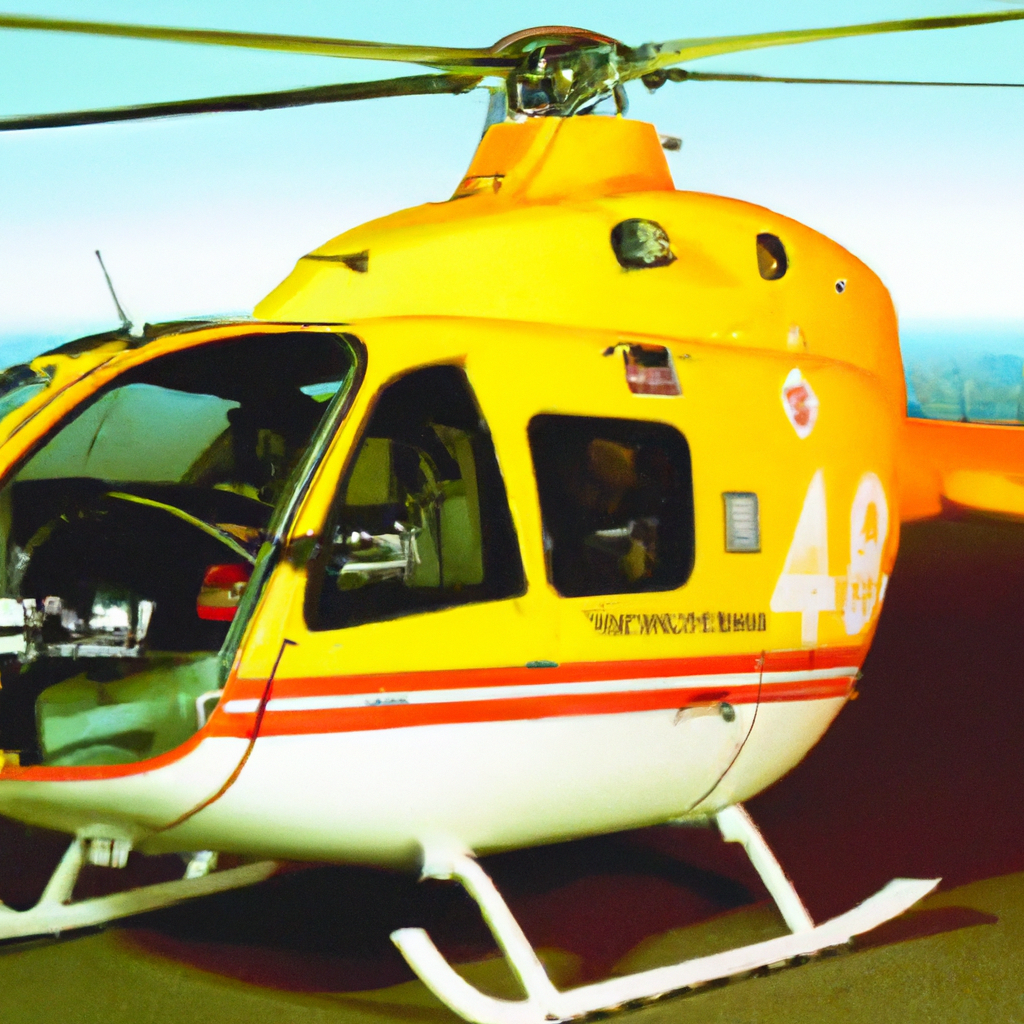
Early Beginnings
Air ambulance services have a rich history that dates back several decades. The concept of transporting injured patients by air was first explored during the early 20th century. The need for a fast and efficient mode of transportation for medical emergencies became evident, especially in remote areas where traditional ambulances struggled to reach in a timely manner.
The first air ambulance service
The first official air ambulance service can be traced back to 1917. In the midst of World War I, the French Army used aircraft to transport wounded soldiers from the frontlines to medical facilities. These aircraft, equipped with rudimentary medical equipment, provided a crucial lifeline for injured soldiers, greatly improving their chances of survival.
Military use of air ambulances
Following the success of air ambulances during wartime, their use extended beyond military operations. The efficiency and speed of air transport made it an attractive option for medical emergencies. During World War II, air ambulances played a vital role in saving the lives of countless civilians and military personnel.
Civilian Air Ambulance Services
The establishment of civilian air ambulance services marked a significant milestone in the evolution of emergency medical transportation. In the post-war era, the concept of air ambulances began to gain traction in civilian settings, particularly in remote or underserved areas where access to critical medical facilities was limited.
The role of non-profit organizations in air ambulance services
Non-profit organizations played a crucial role in the development and expansion of civilian air ambulance services. These organizations recognized the need for rapid medical transport and dedicated resources to establish and operate air ambulance programs. Through fundraising efforts and collaborations with medical providers, they were able to bridge the gap between medical emergencies and timely care.
Technological Advances
Advancements in technology have played a significant role in shaping the capabilities of air ambulance services. The introduction of helicopters revolutionized the industry and paved the way for more efficient and specialized medical transport.
The introduction of helicopters in air ambulance services
Helicopters brought a new level of versatility and accessibility to air ambulance services. With the ability to land in smaller, more confined spaces, helicopters quickly became the preferred choice for emergency medical transportation, especially in urban areas. Their agility and ability to hover made them invaluable in critical situations.
Advancements in aircraft technology for air ambulances
As technology continued to advance, so did the aircraft used by air ambulance services. Fixed-wing airplanes, equipped with advanced medical equipment and capable of longer distances, complemented the capabilities of helicopters. The integration of state-of-the-art systems, such as advanced life support equipment and specialized patient compartments, further enhanced the quality of care provided during air medical transport.
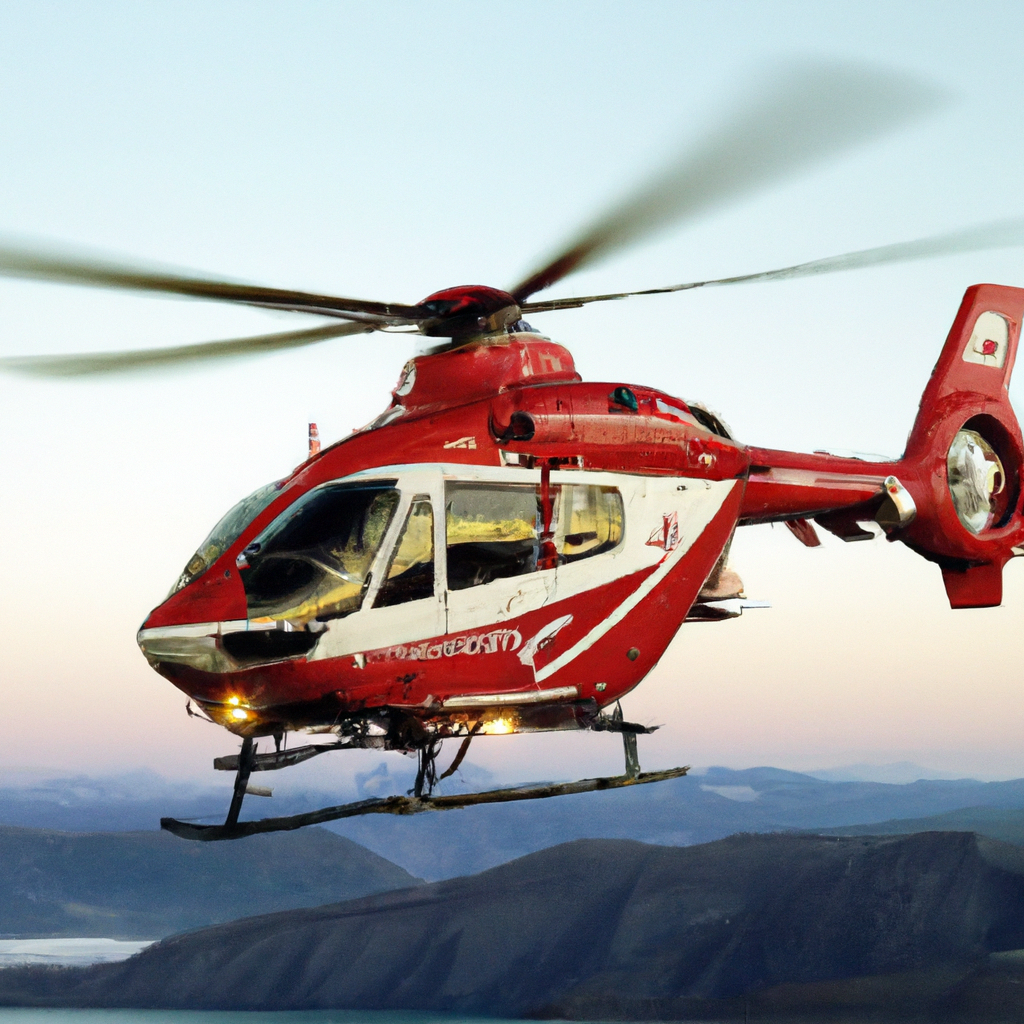
Medical Equipment and Staffing
The evolution of medical equipment and the specialized training of air ambulance medical staff have greatly improved the quality of care delivered during air medical transport.
The evolution of medical equipment in air ambulances
From the early days of air ambulance services, medical equipment has seen remarkable advancements. Today, air ambulances are equipped with a wide range of sophisticated medical devices, including cardiac monitors, ventilators, defibrillators, and even mobile medical laboratories. These advancements ensure that patients receive the necessary medical interventions while in transit.
The specialized training of air ambulance medical staff
Air ambulance medical staff undergo rigorous training to effectively manage medical emergencies in the unique environment of an aircraft. Their expertise extends beyond traditional emergency medicine, encompassing critical care and the ability to provide medical interventions under challenging conditions. This specialized training ensures that patients receive appropriate care throughout their journey.
Regulations and Standards
The formulation of regulations and standards for air ambulance services has been instrumental in ensuring patient safety and quality of care.
Formulation of regulations and standards for air ambulance services
Recognizing the need to regulate air ambulance operations, regulatory bodies and governmental agencies developed standards and guidelines. These regulations outline requirements for equipment, staffing, training, and operational procedures to maintain high standards of safety and quality in air medical transport. Compliance with these regulations is crucial for air ambulance service providers to obtain and maintain their licenses.
The role of international organizations in setting guidelines
International organizations, such as the International Civil Aviation Organization (ICAO) and the European Aero-Medical Institute (EURAMI), play a key role in setting global guidelines and standards for air ambulance services. These organizations collaborate with experts from around the world to establish best practices, promote safety, and ensure consistency in air medical operations.
Global Expansion
Air ambulance services have expanded globally, reaching even the most remote corners of the world. The demand for air medical transport continues to grow, driven by the need for specialized care and the ability to access medical facilities quickly.
The spread of air ambulance services globally
Air ambulance services that were once primarily concentrated in developed countries have expanded to regions with limited access to healthcare. This expansion has been made possible through partnerships between local governments, non-profit organizations, and private air ambulance companies. These collaborations have helped bridge the healthcare gap and save countless lives around the world.
Challenges and advancements in providing international air ambulance services
Providing international air ambulance services comes with its own unique set of challenges. Coordination between multiple countries, adherence to different regulations, and logistical complexities can present obstacles for air ambulance providers. However, advancements in communication, navigation, and global healthcare networks have made it easier to overcome these challenges, allowing for more seamless international medical transport.
Air Ambulance Response during Disasters
When disaster strikes, air ambulances play a critical role in providing immediate medical assistance, evacuating the injured, and transporting medical personnel and supplies to affected areas.
The role of air ambulances in disaster response
During natural disasters, such as earthquakes, hurricanes, or floods, traditional forms of ground transportation may be severely hindered or not accessible at all. Air ambulances are often the only viable option for reaching and saving those in need. Additionally, air ambulances can be rapidly deployed to areas with limited medical infrastructure, helping to alleviate the strain on local healthcare systems.
Lessons learned from major disasters
Major disasters have served as learning opportunities for the air ambulance industry. The coordination between emergency response teams and air ambulance providers has improved over time, allowing for more effective disaster response. Lessons learned from past events, such as the 2010 earthquake in Haiti or the 2004 Indian Ocean tsunami, have led to enhanced preparedness, streamlined communication, and better integration of air ambulances into overall disaster response plans.
Specialized Air Ambulance Services
Air ambulances have evolved to cater to specific medical needs, such as neonatal transfers and organ transplant air transportation.
Air ambulances for neonatal transfers
The safe transport of critically ill newborns requires specialized equipment and highly trained medical personnel. Neonatal air ambulances provide a controlled environment with the necessary medical interventions to ensure the well-being of these fragile patients during transport. These specialized services have greatly improved the survival rates and outcomes for newborns in need of urgent medical care.
Organ transplant air transportation
The timely transport of organs for transplantation is a critical factor in saving lives. Organ transplant air transportation services are specifically designed to overcome transportation challenges and ensure the viability of organs during transit. These services involve meticulous planning, including matching the organ recipient with the available aircraft and medical equipment necessary for organ preservation.
Cost and Affordability
While air ambulance services provide life-saving interventions, the financial implications associated with these services can be a concern for many individuals and their families.
The financial implications of air ambulance services
Air ambulance services can be costly due to the specialized equipment, highly trained medical personnel, and the operational expenses involved. Factors such as distance traveled, the urgency of the medical condition, and the type of aircraft used can impact the overall cost. It is important for individuals to understand their insurance coverage and explore potential financial assistance options to alleviate the financial burden associated with air medical transport.
Insurance coverage and challenges
Insurance coverage for air ambulance services varies widely depending on the policy and provider. Some insurance plans may fully or partially cover air ambulance expenses, while others may have limited coverage or require pre-authorization. Understanding the specifics of insurance coverage, including any limitations or requirements, is essential for individuals to make informed decisions about air medical transport and potential out-of-pocket expenses.
Future Developments
Advancements in technology continue to shape the future of air ambulance services. Emerging technologies hold the potential to further enhance response times, improve patient care, and expand the reach of air medical transport.
Emerging technologies in air ambulance services
The integration of telemedicine, artificial intelligence, and unmanned aerial vehicles (UAVs) shows promise in revolutionizing the way air ambulance services are delivered. Telemedicine enables real-time communication between medical professionals on the ground and in the air, allowing for immediate consultation and guidance. Artificial intelligence can aid in diagnosing and monitoring patients during transit, providing valuable insights to medical staff. UAVs have the potential to reduce response times and reach remote areas more efficiently.
The potential for autonomous air ambulances
The concept of autonomous air ambulances, equipped with advanced navigation and collision avoidance systems, is being explored as a potential future development. These autonomous vehicles have the potential to reduce human error, minimize response times, and operate in challenging conditions. However, regulatory frameworks and safety considerations must be carefully addressed before autonomous air ambulances become a reality.
As air ambulance services continue to evolve, advancements in technology, medical equipment, and regulations will undoubtedly shape the future of this critical form of emergency medical transportation. With ongoing developments and improvements, air ambulances will remain a vital resource in saving lives and providing timely medical care, regardless of geographical location or medical urgency.
